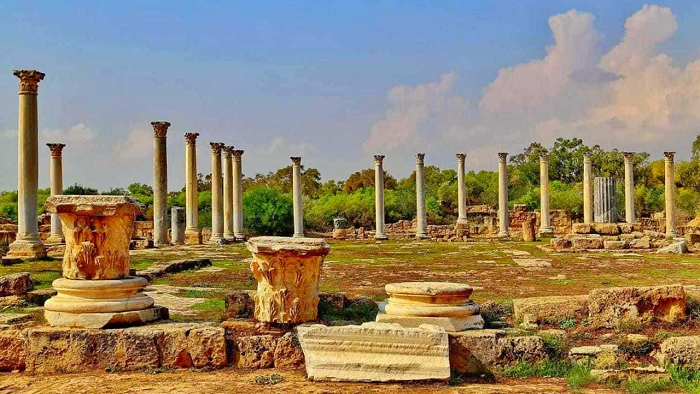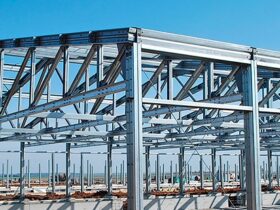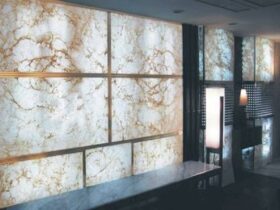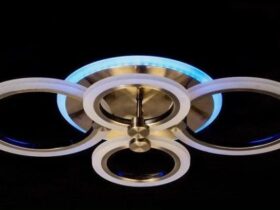The Greek city-state of Salamis was founded after the end of the Trojan War. The name of the city was given by its founder, the archer Teucer, who was born on the island of the same name in central Greece.
Teucer distinguished himself as a brave warrior in the war, but his father, Telamon, expelled him from his native home because he could not prevent his brother’s death and avenge her. So the young man ended up in Cyprus and became the founder of the largest ancient city of Cyprus.
The city had the most important commercial and political importance and played a key role in the history of the island for many centuries. Ships from Egypt, Phoenicia and Cilicia sailed to the equipped harbor of Salamis, trade relations with which contributed to the prosperity of the city.
In the V-IV centuries BC, the political importance of Salamis was so great that the possession of the city was equated with the possession of the entire island. The situation began to change under Emperor Trajan, when a significant part of the city was destroyed during the Jewish uprising. Under Constantine, almost the entire population of Salamis perished as a result of a devastating earthquake. The emperor’s son, Constantius, built the city anew and named it after himself — Constantia. The final destruction befell Salamis in the VII century after the attack of the Arabs, who forced the inhabitants to move to neighboring Famagusta.
Excavations on the territory of the ancient city-state began in the XX century. Today its ruins are an open—air archaeological city-museum, many objects of which attract the attention of travelers from all over the world.
The largest structure of the city discovered during excavations is the grandiose Roman gymnasium, which was built on the site of an even older building of the Hellenistic period. Visitors can look at the remains of the palaestra courtyard surrounded by columns, the semicircular building of the former lavatory and the ruins of public baths (thermae), which replaced the gymnasium in the IV century AD.
Another notable structure of Salamis is the ruins of a Roman theater built in the I century AD. The upper tiers of the theater were restored in the middle of the XX century, and the three lower ones have been preserved since ancient times.
Also in the architectural park you can see the ruins of the temple of Zeus and the early Christian basilicas of St. Epiphanius and Campanopetra and the ancient market square, and outside the former city walls there is a complex of ancient tombs of kings and nobles (VII-VI centuries BC).















Leave a Reply